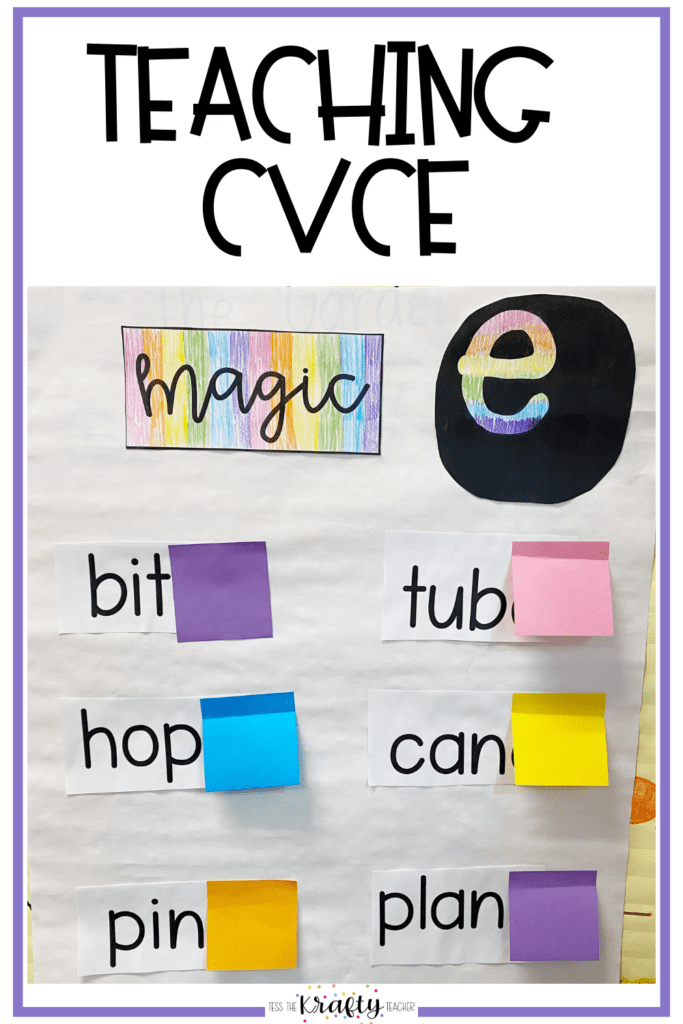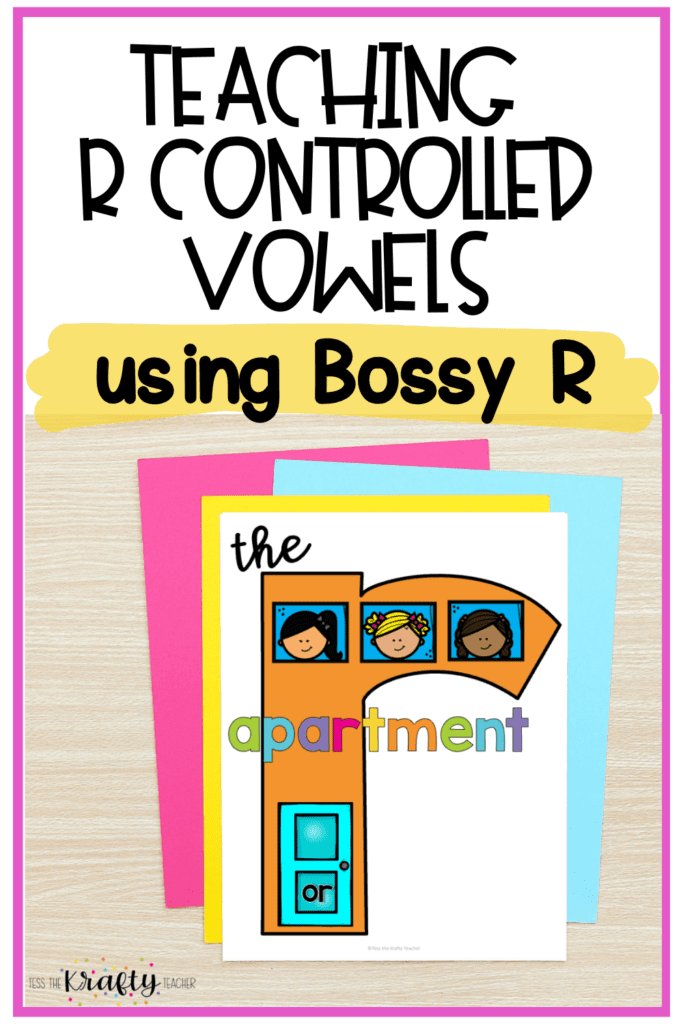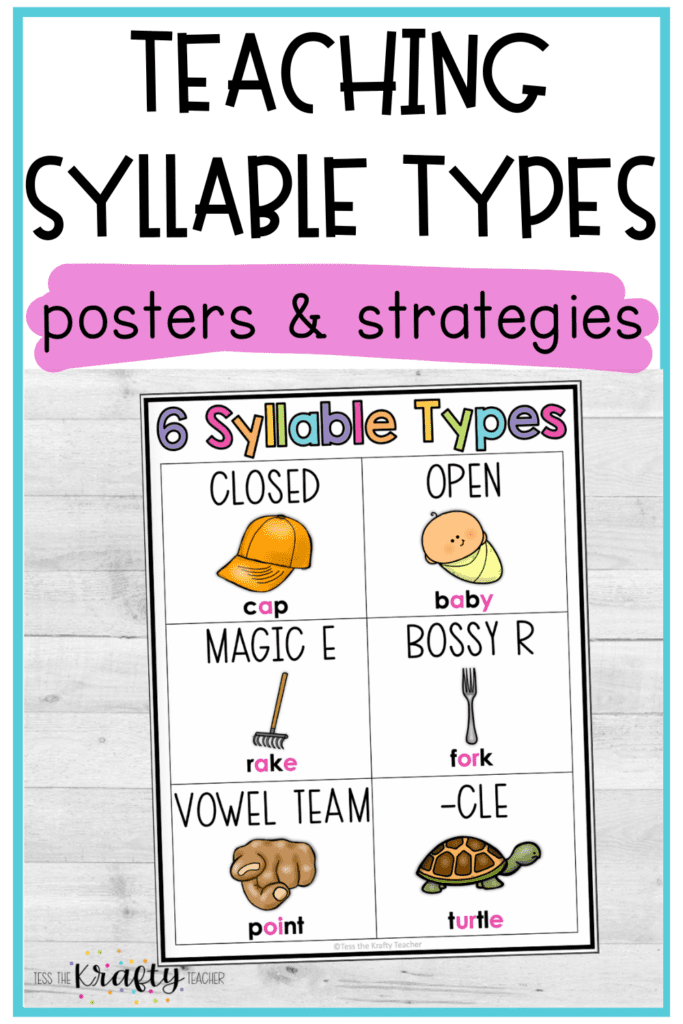If you teach first grade, you know that learning to decode words is a big deal. Your students have been mastering CVC words, confidently blending sounds from left to right, and then—bam!—we throw a curveball at them by teaching silent e.
I like to call it magic e because, well, it feels like a little bit of magic to kids. That tiny, silent letter at the end of a word completely changes the vowel sound. But while it’s fun to introduce as a magical concept, there’s also a shift in thinking that students have to make: instead of just looking at the first letter and blending from there, they need to scan the entire word first.
What is the Magic E rule?
The magic e rule (also called the silent e or VCe pattern) means that when an ‘e’ is at the end of a word, it makes the vowel say its long sound, while the ‘e’ itself stays silent. For example, cap becomes cape, and hop becomes hope.
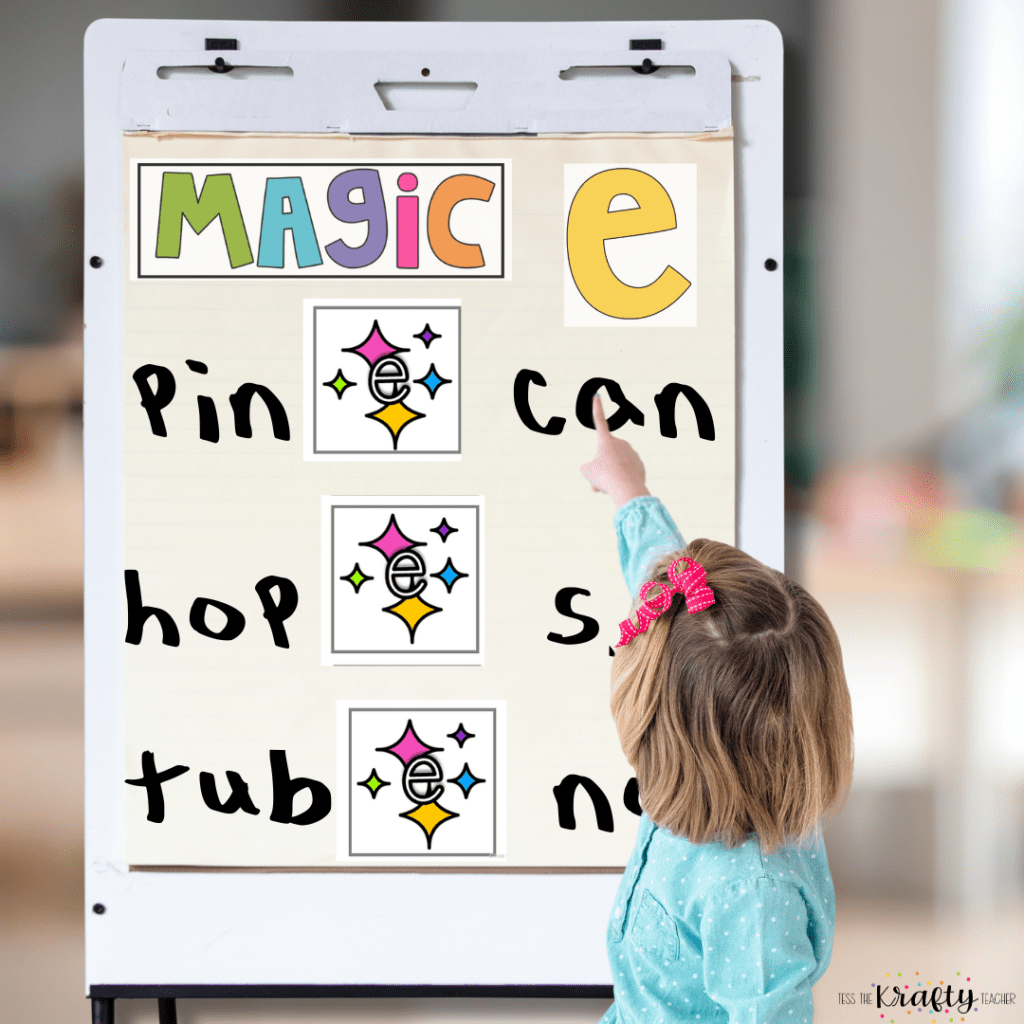
How to Teach the Magic E Rule in a Way That Sticks
Here’s a step-by-step approach to make the silent e rule click for your first graders:
1. Introduce It With a Story or Visual
Start with a fun anchor chart that shows how magic e transforms words. I like to use simple illustrations—maybe a cap turning into a cape or a pin turning into a pine. It helps students see the change, not just hear it.
2. Explicitly Teach the Pattern
Break it down: The vowel says its name, and the e stays silent. Model how to look at the word as a whole before sounding it out. Use pocket chart pieces or letter tiles to physically move the e into place and see the transformation.
3. Make It Hands-On
Interactive activities help reinforce the concept. Try:
- Sorting words: Have students sort words into CVC and CVCe categories.
- Building words: Let students add an e to words and read both versions.
- Matching games: Pair pictures with their CVC or CVCe counterparts (hop/hope, mad/made).
4. Practice Both Decoding and Encoding
Reading magic e words is one thing—spelling them is another! Students need opportunities to practice encoding (writing) these words, so they internalize the rule. Structured spelling practice and dictation exercises help cement the pattern.
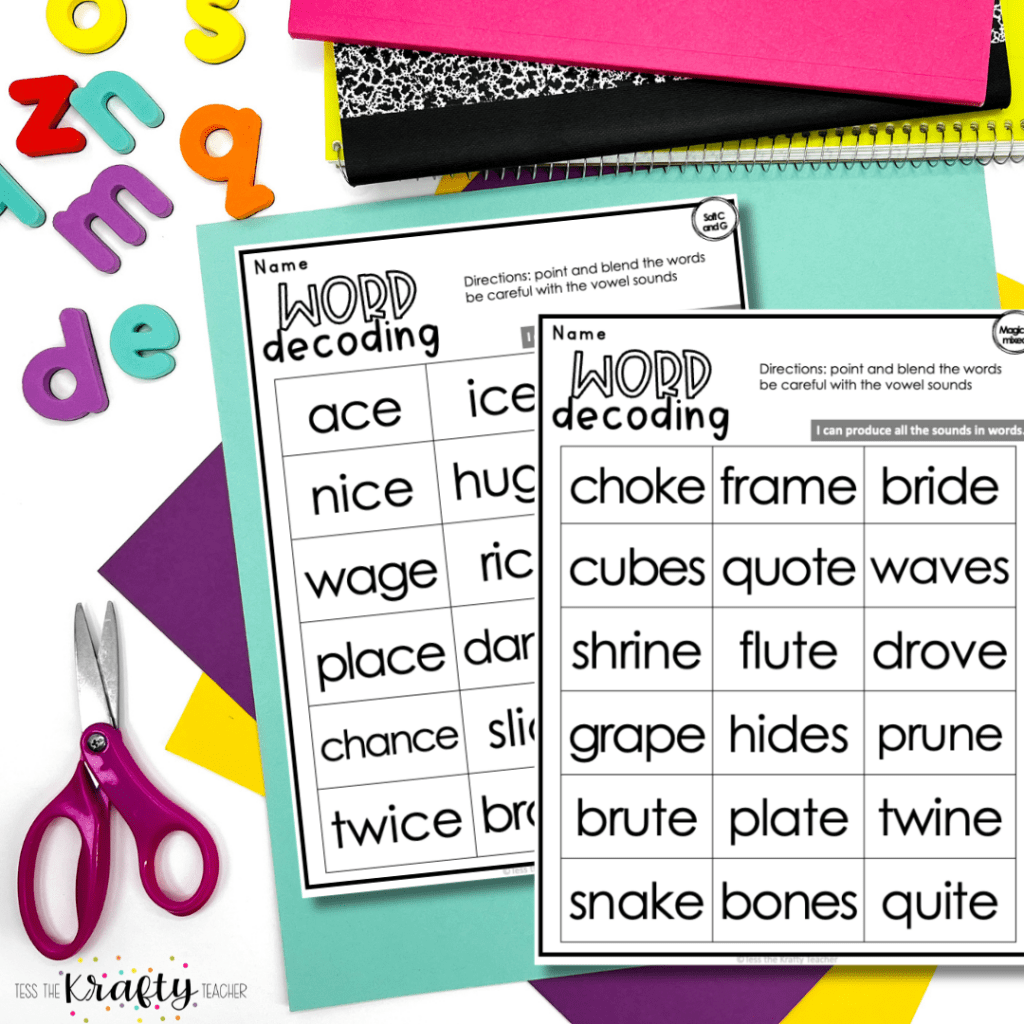
5. Assess Understanding
Use quick checks to see if students are applying the magic e rule when decoding. Are they spotting the silent e before they start reading? Are they remembering to change the vowel sound? Formative assessments will help you know who’s getting it and who needs more support.
Why Magic E Feels Tricky at First
For early readers, the silent e rule is a big adjustment. Up until this point, they’ve been taught to look at the first letter, blend the next sounds, and say the word. But now, they need to spot that sneaky e at the end before they even start decoding. That’s a new skill, and it takes practice!
Make Magic E a Success in Your Classroom!
If you’re ready to teach the silent e pattern with engaging lessons, hands-on activities, and everything you need for whole-group instruction and centers, check out my First Grade Phonics Unit.
It includes:
✅ Anchor charts to introduce the concept
✅ Pocket chart pieces for interactive learning
✅ Step-by-step lesson plans
✅ Decoding & encoding practice
✅ Assessments to track progress
✅ Fun center activities to reinforce learning
Teaching silent e doesn’t have to be frustrating—it can be magical! Grab your phonics unit today and make magic e a breeze for your first graders!
PIN FOR LATER
